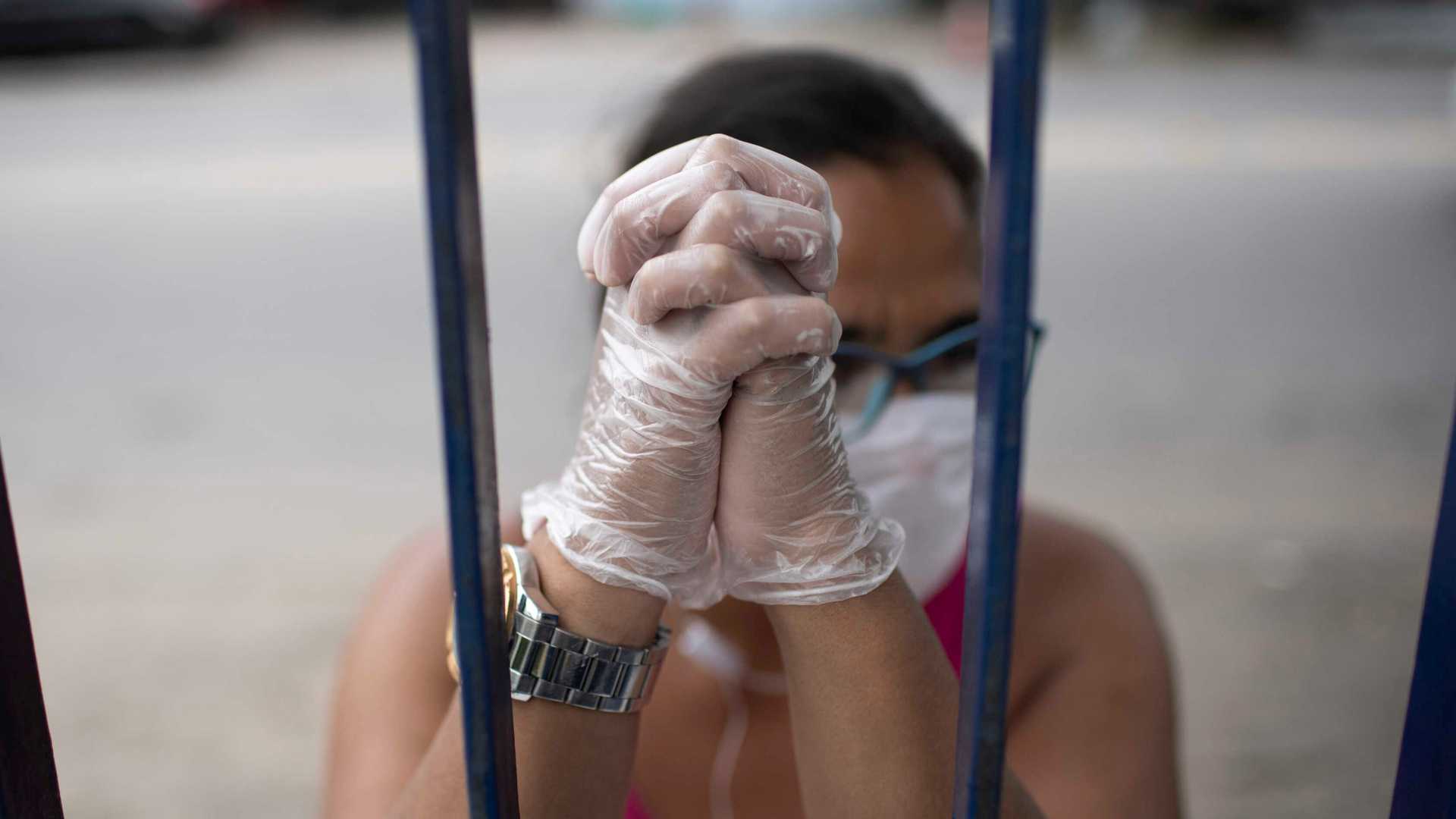COVID-19 Quarantine Versus COVID-19 Isolation: Under normal circumstances, the terms “isolation” and “quarantine” might be interchangeable.
After all, quarantine is loosely defined as a place or period in time in which people or animals, arriving from somewhere else or possibly exposed to infectious diseases, are put in isolation.
RELATED: A Spike In Coronavirus In Children Has Doctors Concerned
But if there’s one thing that COVID-19 has demonstrated, it’s that nothing about these times is normal. In public health terms, which have saturated society since March, isolation is different from quarantining.
Because there seems to be a lot of confusion between the terms, officials with the Rappahannock Area Health District asked if The Free Lance-Star could provide some clarification.
The request comes as local case numbers—and deaths—continue to increase. On Sunday, the area’s 60th fatality from COVID-19 was reported, a Spotsylvania County man in his 70s. He was the 37th person in Spotsylvania to die from the virus.
As for the difference in terms related to the disease, people who test positive for COVID-19 need to isolate at home, away from others, for at least 10 days after they start experiencing symptoms, said Allison Balmes-John, district spokesperson.
After the 10-day period has passed, symptoms improve and people are free of fever for at least 24 hours—without the use of medication—they can end their isolation.
The math isn’t that simple for people who come in close contact with an infected person, especially in the same household.
Each time a person tests positive for the virus, the health district launches a case investigation to identify close contacts. They’re defined by the Centers for Disease Control and Prevention as someone within 6 feet of an infected individual for 15 minutes or more.
Close contacts are asked to quarantine at home for 14 days.
“I think this is confusing because it can require someone’s close contact to be at home longer than the person with the confirmed case of COVID-19,” Balmes–John said.
And, the quarantine clock can run even longer based on when the countdown begins.
The 14-day quarantine presumes that most people exposed to COVID-19 will show symptoms within two days to two weeks of exposure.
Most who develop the disease do so sooner rather than later, but Balmes–John said the local district has seen cases where a person shows symptoms on the 14th day following exposure.
This is where it gets tricky for household members.
She gave the example of a husband becoming sick and isolating for 10 days. His wife also would need to quarantine at the same time.
“Unless they are able to keep completely separate [such as separate bedroom and bathroom, with meals dropped off at the door], once his 10 days end, then her 14-day quarantine period would begin,” Balmes–John said.
“This means that household members could easily be quarantining for 24 days, and even longer if they end up getting sick, as there could be additional isolation time.”
The extended timetable also has ramifications for businesses that do not practice social distancing or other protective measures, she said.
If one employee becomes sick and others are identified as close contacts, job sites can end up losing several staff members for weeks.
As public health officials have regularly done, Balmes–John said such impacts in the workplace can be avoided if workers stay 6 feet apart, wear masks and wash their hands frequently.
Making matters even more complicated is the fact that people can continue to test positive for the virus for up to three months after they’re infected, yet they can’t spread the disease to others, according to the CDC.
Guidelines on employers insisting that workers have a negative test before they return to the job changed after that became evident, Balmes–John said.






